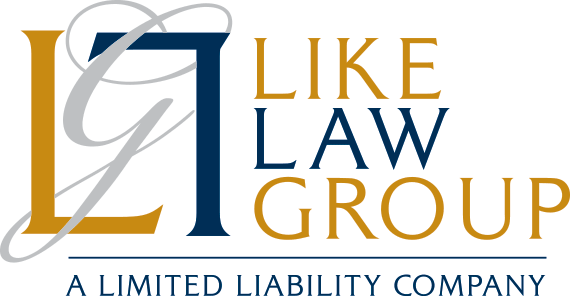You may have considered creating a trust to transfer wealth to your grandchildren and great-grandchildren. But you may not have considered how the generation-skipping transfer (GST) tax could affect this inheritance. To better explain how the tax would impact a gift in trust, we are going to take a look at some math.
Generation-Skipping Transfer Tax Rate
The federal GST tax rate matches the highest federal estate tax rate, currently set at 40 percent. For high-net-worth individuals, effective GST tax planning is crucial in managing combined estate, gift, and GST tax burdens.
Generation-Skipping Transfer Tax Exemption
You can transfer a specific value of money and property to skip persons (grandchildren, great-grandchildren, other distant relatives, someone at least 37 ½ years younger, or a trust for a skip person), either during your lifetime or after death, before triggering the GST tax. This exemption equals the federal estate and gift tax exemption amount ($13.61 million in 2024). Be aware that there is no portability for the GST tax exemption. Meaning, you will need to use it or lose it.
Exceptions to the Generation-Skipping Transfer Tax
You and your family members may have already established a trust. If so, certain irrevocable trusts established before September 25, 1985, are grandfathered and exempt from the GST tax provisions in Section 26.2601-1(b)(1) of the Treasury Regulations. Modifications or additions to these trusts can jeopardize the exception. Additionally, gifts for educational or medical expenses to skip persons, such as Health and Education Exclusion Trusts (HEET), are excluded from the GST tax application.
Calculating Generation-Skipping Transfer Tax
To understand how the GST tax will affect the inheritance you leave behind, you need to do some math. The GST tax calculation relies on an inclusion ratio, indicating the extent to which a transfer is subject to GST tax. This ratio is determined by the applicable fraction, based on the amount of your GST tax exemption. An inclusion ratio of one means the direct skip or trust is fully taxable. Any number between zero and one indicates the transfer is partially subject to GST tax.
The amount of the GST tax exemption allocated to the transfer is divided by the value of the property involved in the transfer. The fraction is rounded to the nearest one-thousandth (.001) and looks like this:
The next step is determining the inclusion ratio by subtracting the fraction from the number one. Depending on the ratio, the trust is either fully exempt, fully taxable, or partially taxable.
Fully Exempt Trust
Let’s say you create an irrevocable trust for the benefit of a grandchild and their descendants in 2024 when your entire GST tax exemption of $13,610,000 is available and you can allocate it to the trust.
If you transfer $13,610,000 (or less) worth of accounts or property to the trust and allocate your entire GST exemption, the inclusion ratio would be zero:
1 – (13,610,000 / 13,610,000) = 1 – 1.000 = 0
The trust would be fully exempt from GST tax.
Fully Taxable Trust
Now, let’s assume that you have previously used your GST tax exemption and there was none available to allocate to your grandchild’s irrevocable trust, the inclusion ratio would be one:
1 – (0 / 13,600,000) = 1 – 0 = 1
The trust would be fully subject to GST tax.
Partially Exempt Trust
Partially exempt trusts have a portion of money or property subject to the GST tax, while another portion may qualify for an exemption.
If you put $15,500,000 in the irrevocable trust, and your entire exemption was available, the inclusion ratio would be:
1 – (13,610,000 / 15,500,000) = 1 – .877 = .122
The applicable fraction is .878, and the inclusion ratio is .122. The trust would be partially subject to GST tax. When distributions are made to the grandchild, there will be a tax due. To calculate how much will be owed, we first must know what the tax rate is at the time of the distribution. For example, if the rate is 40 percent,
40 percent x .122 = 4.88 percent
If your grandchild receives a taxable distribution from the trust of $125,000, the GST tax would be $6,100.
For gifts or an inheritance left directly to the skip person, the formula works similarly, the inclusion ratio is multiplied by the GST tax in effect at the time of the transfer.
Tailoring Trusts for Success
Working closely with your other trusted advisors, we can customize your estate plan based on your unique circumstances and goals. This also ensures compliance with federal and state tax laws, preventing a significant combined estate, gift, and GST tax burden that could diminish your family’s wealth and legacy over time.


